
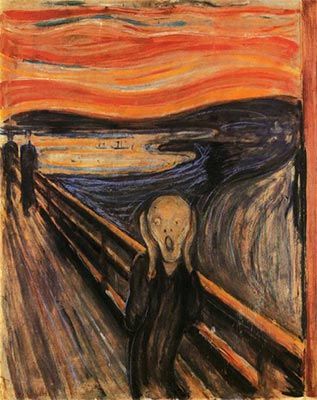
https://www.theartstory.org/movement-expressionism-artworks.htm
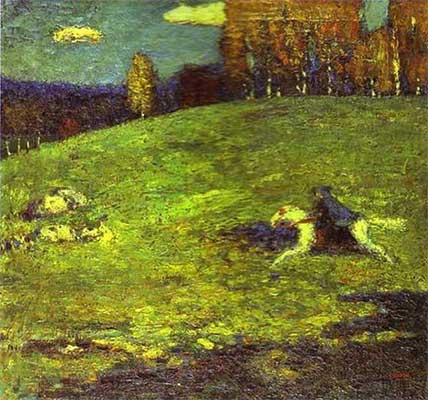
https://www.theartstory.org/movement-expressionism-artworks.htm
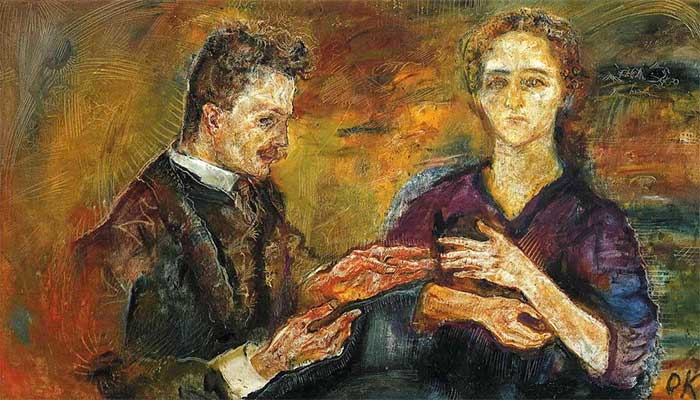
https://www.theartstory.org/movement-expressionism-artworks.htm

https://www.theartstory.org/movement-expressionism-artworks.htm
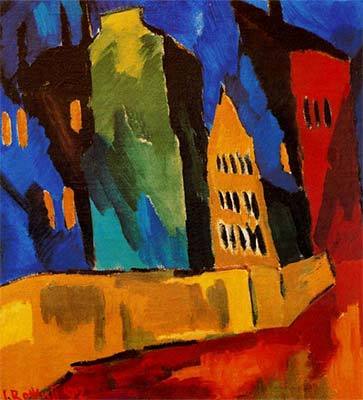
https://www.theartstory.org/movement-expressionism-artworks.htm
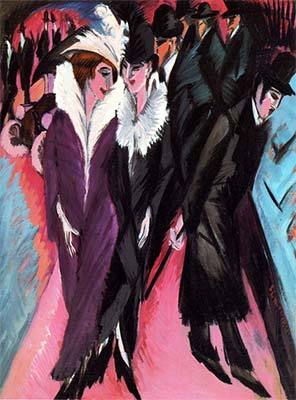
https://www.theartstory.org/movement-expressionism-artworks.htm



Expressionism, is an artistic style in which the artist seeks to depict not objective reality but rather the subjective emotions and responses that objects and events arouse within a person. The artist accomplishes this aim through distortion, exaggeration, primitivism, and fantasy and through the vivid, jarring, violent, or dynamic application of formal elements. In a broader sense Expressionism is one of the main currents of art in the later 19th and the 20th centuries, and its qualities of highly subjective, personal, spontaneous self-expression are typical of a wide range of modern artists and art movements. Expressionism can also be seen as a permanent tendency in Germanic and Nordic art from at least the European Middle Ages, particularly in times of social change or spiritual crisis, and in this sense it forms the converse of the rationalist and classicising tendencies of Italy and later of France.
More specifically, Expressionism as a distinct style or movement refers to a number of German artists, as well as Austrian, French, and Russian ones, who became active in the years before World War Iand remained so throughout much of the interwar period.
Expressionism. (2018). In Encyclopædia Britannica.